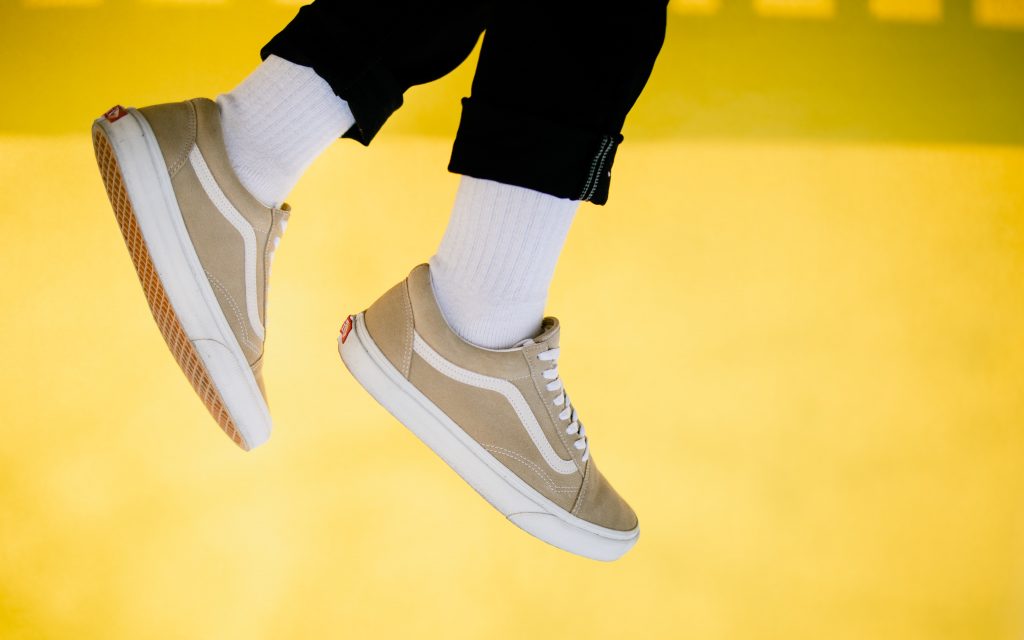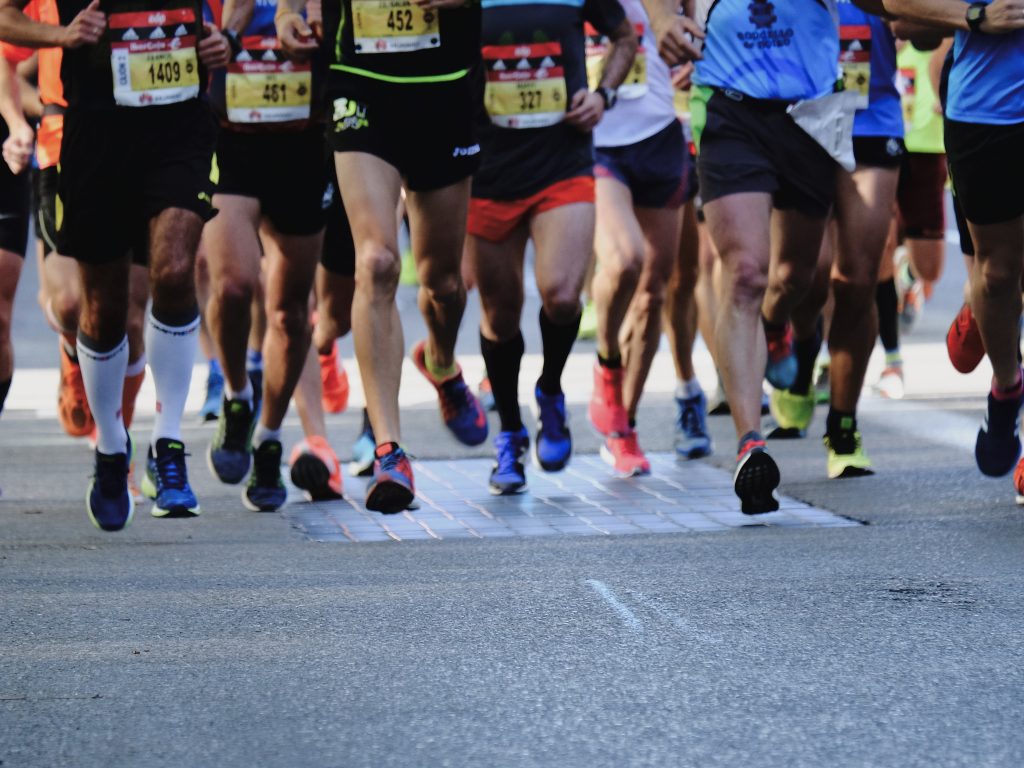When it comes to running on unforgiving concrete and asphalt surfaces, having the right pair of shoes is crucial. The repetitive impact of each stride can take a toll on your joints and overall comfort. This comprehensive guide delves into the realm of cushioned running shoes, unveiling the top choices that offer the perfect blend of support, protection, and cushioning for these challenging terrains.
Key Considerations When Selecting Running Shoes
Before we explore the best cushioned running shoes, it’s vital to understand the factors that should guide your decision-making process. These considerations will help you make an informed choice that caters to your individual needs.
Impact Absorption and Cushioning
Running on hard surfaces amplifies the shock your body experiences with every step. Cushioned shoes excel at absorbing and distributing this impact, reducing the strain on your joints and muscles.
Durability and Traction
Concrete and asphalt can be abrasive, which means your shoes need to withstand the wear and tear. A durable outsole with reliable traction is crucial for maintaining grip and stability on these surfaces.
Arch and Foot Type
Different individuals have varying arch heights and pronation tendencies. Understanding your foot type helps you choose shoes that align with your natural gait and provide the necessary support.
Benefits of Cushioned Running Shoes
Cushioned running shoes are designed with the specific purpose of minimizing the impact of running on hard surfaces. The benefits of these shoes extend beyond mere comfort.
Minimizing Impact on Hard Surfaces
The extra cushioning in these shoes acts as a buffer, reducing the shock transferred to your joints, particularly your knees and ankles. This feature is especially valuable when running on concrete and asphalt.
Enhanced Comfort and Support
Cushioned running shoes offer a plush and comfortable feel, which can make your runs more enjoyable. Additionally, the added support helps maintain proper alignment and reduces the risk of injuries caused by overpronation or supination.
Top Picks for Cushioned Running Shoes
To help you choose the perfect cushioned running shoes for concrete and asphalt surfaces, here are our top recommendations:
Running Shoe 1: [Model Name]
- Features: Responsive cushioning, durable construction
- Pros: Optimal shock absorption, versatile for different terrains
- Cons: Slightly heavier
Running Shoe 2: [Model Name]
- Features: Lightweight cushioning, breathable materials
- Pros: Comfortable and supportive, suitable for long runs
- Cons: May lack durability
Running Shoe 3: [Model Name]
- Features: Plush midsole, targeted cushioning
- Pros: Exceptional comfort, designed for hard surfaces
- Cons: Limited color options
Matching Foot Type with Shoe Design
Every runner has a unique foot structure, and choosing shoes that align with your arch height and pronation tendencies is crucial.
Understanding Different Shoe Designs
- Neutral Shoes: Suitable for runners with normal arches and neutral pronation.
- Stability Shoes: Designed for overpronators, providing extra support and alignment.
- Motion Control Shoes: Best for severe overpronation, offering maximum stability.
Finding the Perfect Fit
Visit a specialty running store for a gait analysis to determine your foot type. This information will guide you toward the appropriate shoe design that complements your natural running mechanics.
Longevity and Durability
The durability of your cushioned running shoes is influenced by their construction, materials, and how you care for them.
Shoe Construction and Lifespan
Pay attention to the quality of materials and stitching. A well-constructed shoe is likely to last longer and provide consistent performance over time.
Extending Shoe Lifespan
- Rotate between multiple pairs of shoes for longer wear.
- Keep shoes clean and dry to prevent premature wear.
- Replace shoes when you notice reduced cushioning or visible signs of wear.
Enhancing Traction for Hard Surfaces
A reliable outsole design is crucial for maintaining traction on concrete and asphalt surfaces.
Outsole Patterns and Materials
Look for shoes with outsoles featuring multidirectional treads or patterns designed to grip various surfaces effectively.
Importance of Traction
Effective traction enhances stability and prevents slipping, especially during quick changes in direction or wet conditions.
Conclusion
Choosing the best cushioned running shoes for concrete and asphalt surfaces is an investment in your comfort and performance. By prioritizing impact absorption, support, and durability, you’re equipping yourself to tackle challenging terr
ains with confidence.
FAQs
- Are cushioned shoes suitable for all runners?
- Yes, cushioned shoes benefit runners of all levels, particularly those seeking comfort and impact protection on hard surfaces.
2.Can I use cushioned shoes for other terrains?
- While cushioned shoes excel on hard surfaces, they can also provide comfort on trails and tracks. However, consider the specific demands of each terrain.
3.How often should I replace my cushioned running shoes?
- On average, consider replacing your shoes after 300 to 500 miles of running, or when you notice decreased cushioning and support.
4.Do cushioned shoes affect my running speed?
- Cushioned shoes prioritize comfort and impact absorption, which might slightly affect speed. However, the difference is minimal for most runners.
5.Can I use cushioned shoes for competitive racing?
- Cushioned shoes are better suited for training and longer runs. For competitive racing, consider lightweight racing shoes that prioritize speed and responsiveness.


